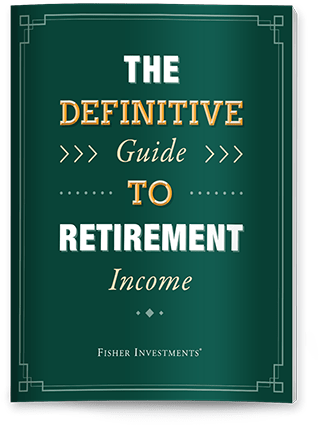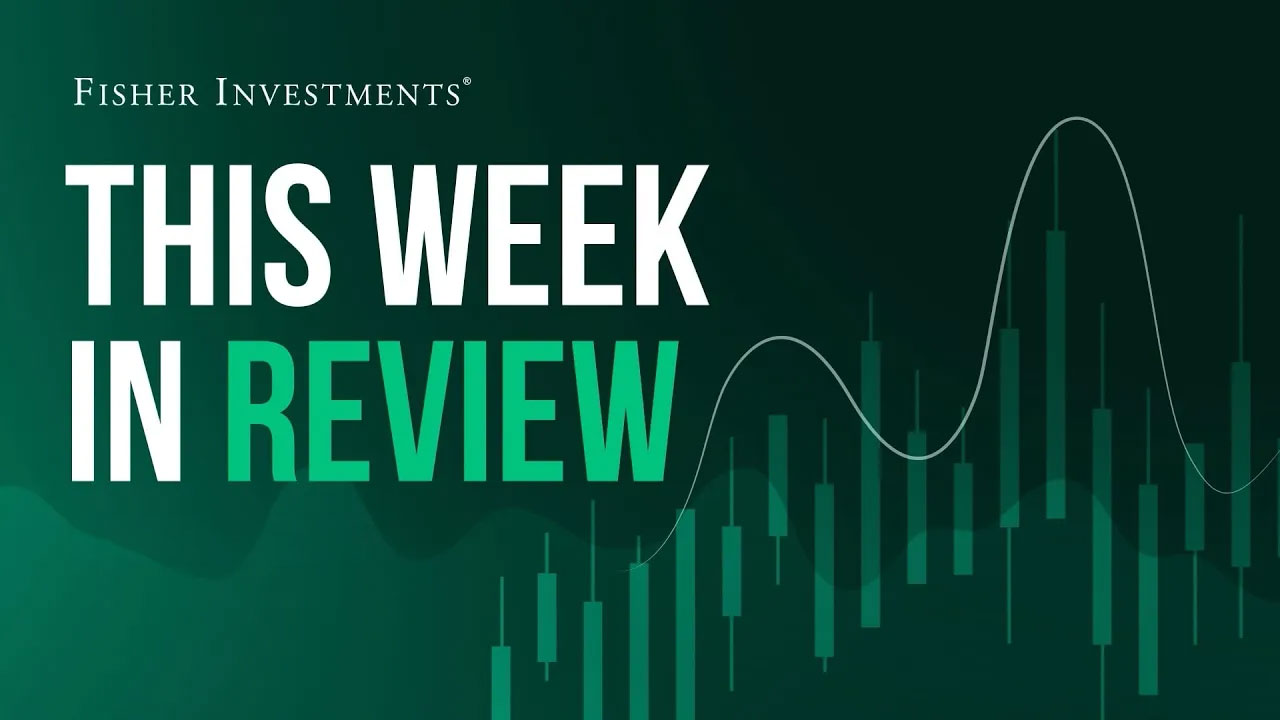Personal Wealth Management / Politics
A Preliminary Look at Potential Blanket ‘Reciprocal Tariffs’
What we can say about possible measures at this early juncture from a market-oriented view.
Editors’ note: MarketMinder is nonpartisan, favoring no party nor any politician. We assess prospective tariff policies for their potential market effects only.
President Donald Trump signed an executive order last Thursday directing the Commerce Department, led by Secretary Howard Lutnick, to ready “reciprocal tariffs” on all America’s trading partners. But what does this mean—and for markets specifically?
First, here is the way Trump describes reciprocal tariffs: “whatever countries charge the United States of America, we will charge them—no more, no less.” To that end, his executive order directs relevant agencies to study other countries’ trade practices (including non-tariff policies like value-added taxes, regulations, subsidies and even independent variables like currencies), determine if they are “unfair” (a subjective word adjudicated by the office of the US trade representative) and recommend remedies (possibly higher tariffs). The rates here, of course, hinge on what other countries charge. EU tariffs on US goods, for instance, average 1%.[i] Japan charges 3%.[ii] But in the EU’s case, nations also levy value-added taxes—sales taxes every producer, foreign or domestic, pays at each stage along the way. If reciprocal tariffs include those, the rate would naturally go up.[iii]
This has raised fear of the potential effects abroad and at home. But they may not happen. The order itself doesn’t impose tariffs on any country (yet)—much less all of them. It is a mandate for the Commerce Department to study their feasibility and potential implementation. Furthermore, on the campaign trail last year, Trump alternatively proposed blanket 10% or 20% tariffs on everything America imports (and 60% on China). Reciprocal tariffs could be a climbdown from that, although this again hinges on the specific rates.
As you might imagine, coming up with individual recommendations for the over 200 countries America trades with is enormously complicated. Now, US trade officials say they will prioritize countries with the highest perceived imbalances. But even then, as opposed to a universal tariff, tailoring responses from the range of options—for specific products, whole industries or formulating an average tariff rate to hit a country with—is a difficult undertaking ... and for anyone trying to estimate its effects, clear as mud. In any case, Lutnick doesn’t expect those studies to be completed until April Fool’s Day. Hence, it is premature to really dive deep into the economic and market ramifications.
That doesn’t mean there won’t be any. Reciprocal tariffs could be sweeping. Trade groups are already rushing to assess the potential impact—based on guesses for a whole host of variables, including what counts as “fair.” Based on one estimate—if Trump follows through on all of his tariff threats—this could raise US import duties to $433 billion, up from 2024’s $78 billion.[iv] If true, this would be around 13.3% of the $3.3 trillion of goods the US imported last year.[v]
Other estimates vary, perhaps most notably, Trump’s. The White House claims reciprocal tariffs could raise $1 trillion in revenue annually, implying vastly higher rates.[vi] But pinning down an actual hard figure at this stage, when no plan is drawn up and which could face challenges at the World Trade Organization (and from lobbyists), is a stretch. Especially when you consider how matching tariffs—and alleged non-tariff barriers—would work in practice. What would US trade officials do when their counterparts respond with retaliatory tariffs? Or if they raise value-added taxes? Or lower them! Any estimate is a moving target since reciprocal tariffs cede America’s sovereignty over tariff rates to other nations. That is a bit of an implementation headache.
But, we daresay, Trump enacting every tariff he has talked about is a big if. People—and countries—normally trade because some are better at producing a given product than others. Inserting government interventions, whatever the aim, could distort the process. For example: America ships lots of natural gas to the rest of the world. If Germany, say, were to place high tariffs on it, what then would the US impose levies on to “reciprocate?” Multiplying this across hundreds of nations, thousands of categories and millions of goods hints at the huge complexity of it all.
To us, the available evidence suggests tariffs are mostly a means to other ends. Besides their being a negotiating tactic for deals to open up trade for US exporters, it isn’t a secret Trump is using them for non-trade objectives (e.g., stricter border controls), too. See Canada and Mexico, Colombia or any of several first-term deals for more.
For markets, the biggest implication from the reciprocal tariff announcement isn’t what it will do per se—it is impossible to tell at this point—but the April timeframe it establishes as the window to expect the administration to cut deals from the interest it stirs up. Furthermore, all the tariff talk allows for markets to pre-price the impact. This is why markets seem to be taking Trump’s trade threats in stride, in our view.
[i] “Questions and Answers on the US Reciprocal Tariff Policy,” Staff, European Commission, 2/17/2025.
[ii] “Japan Begins Talks With US to Sound Out Trump Tariff Details,” Yoshiaki Nohara, Bloomberg, 2/13/2025.
[iii] It may be worth noting here that Trump isn’t the first US official to claim value-added taxes restrict free trade—a claim the World Trade Organization has ruled against in the past, on the grounds all producers must pay it.
[iv] “Texas and California Are the Biggest State Losers From Trump’s Escalating Tariffs,” Lori Ann Larocco, CNBC, 2/13/2025.
[v] Source: FactSet, as of 2/18/2025.
[vi] “Trump’s ‘Reciprocal’ Tariffs Could Be Largest Tax Increase Since World War II,” Eric Boehm, Reason, 2/13/2025.
If you would like to contact the editors responsible for this article, please message MarketMinder directly.
*The content contained in this article represents only the opinions and viewpoints of the Fisher Investments editorial staff.
Get a weekly roundup of our market insights
Sign up for our weekly e-mail newsletter.

See Our Investment Guides
The world of investing can seem like a giant maze. Fisher Investments has developed several informational and educational guides tackling a variety of investing topics.



